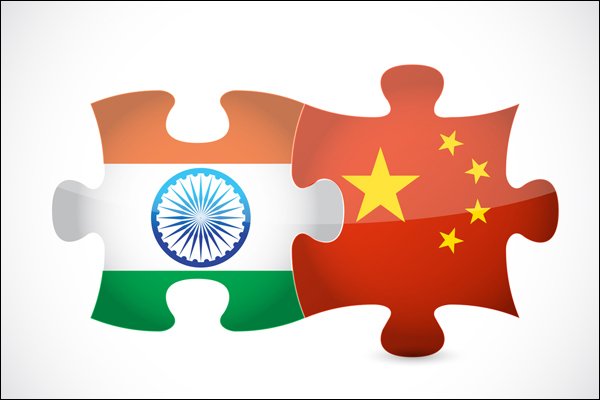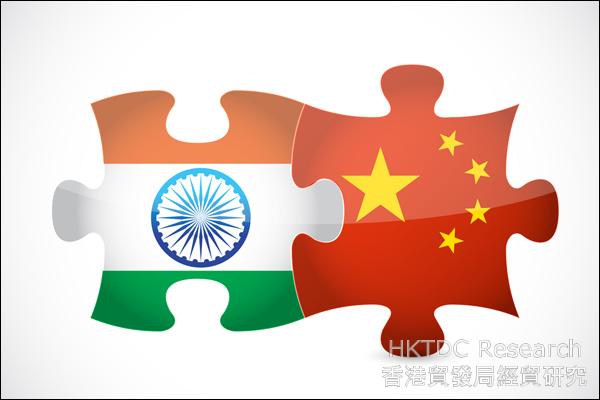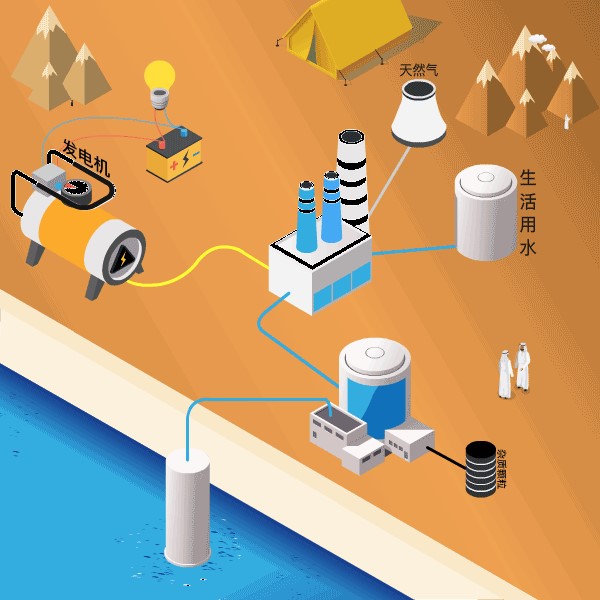Could India Prove to be One of the BRI's Key Development Partners?
Could India Prove to be One of the BRI's Key Development Partners?
Country yet to fully commit, although many commentators see clear benefits stemming from participation.

Given the size and the scope of the Belt and Road Initiative (BRI), India is certain to play an important role in the project, particularly as the proposed Maritime Silk Road (MSR) routes extend into the Indian Ocean. While sharing a long border with China, trading ties between these two major Asian nations have been relatively small, due to both historical and geographical factors, with the mighty Himalayas lying between the two. In addition, the Indian economy, long seen as lagging far behind China's, is finally showing strong growth, making enhanced trade a far more appealing prospect for both parties.
Many now see India as a "sweet spot" at a time when a substantial number of economies throughout the world – including China's – are slowing down. Confirming the country's importance to the BRI project, Ben Simpendorfer, head of Silk Road Associates, a Hong Kong-based consulting firm, said: "India is one of the Silk Road's largest economies and so must play a significant role in the Initiative."
One of the key aims of the BRI is to help China export its excess capacity in a number of sectors, notably steel and cement. Inevitably, this will lead to massive investment in a huge variety of infrastructure projects, including roads, railway lines and seaports.
Dr Srikanth Kondapalli is Professor of Chinese Studies at New Delhi's Jawaharlal Nehru University. He says: "While the BRI is aimed at addressing these excess capacities, it will also bring a tremendous supply of Chinese capital to the neighbouring regions in Asia and beyond."
In many ways, at the heart of the BRI is a complex matrix of infrastructure projects, with many of them likely to have a huge impact on India. With regard to this, two of the most notable projects are the Bangladesh-China-India-Myanmar Economic Corridor (BCIM) and China-Pakistan Economic Corridor (CPEC).
India is, of course, fully aware of the strategic element of the BRI, which some say explains why it has yet to take an official position on the project. There are also a number of sensitivities that will need to be addressed. For one, the BRI is likely to extend into Pakistan, with a number of projects set to be built in Pakistan-controlled Kashmir. India and Pakistan's problematic relationship is likely to cast a long shadow over any project involving the two countries.
In other areas of the BRI, however, India has proved to be a more than willing participant. The country has already signed up to join two of the pan-regional financial institutions likely to be key to the success of the project – the Asian Infrastructure Investment Bank (AIIB) and the New Development Bank. The three banks are likely to be the conduits for the funding for many of the proposed infrastructure projects, said to involve a total spend of some US$8 trillion.
Despite these positive moves, many analysts remain divided as to how the BRI will affect India and its likely impact on the country's relations with its neighbours. The optimists go as far as to believe that, far from exacerbating regional tensions, the Initiative could even lead to stronger economic ties between India and Pakistan.
According to ICRIER, a Delhi-based think-tank, the potential value of the two-way trade between India and Pakistan – should all tariff and non-tariff barriers be removed – is $30 billion, 15 times the current level of trade. Should the BRI and its associated infrastructure developments pave the way for such expansion, it would clearly be to the benefit of all parties concerned.
At the level of individual companies, it is highly like that many of the larger Indian businesses will benefit from their country's participation in the BRI. Such involvement would entitle India's more substantial businesses to bid for a number of the BRI-related projects, although they would face tough competition from companies in Korea, Taiwan and China. Kondapalli, though, is philosophical about the prospects for Indian companies, saying: "Anyone could walk away with a billion dollars' worth of projects."
There are certain areas where Kondapalli's optimism could clearly be vindicated. India is highly competitive in both the software and automotive sectors for instance. In terms of infrastructure, though, it is the Chinese firms that are already involved in many of the relevant construction projects.
Although Chinese companies are already working on projects in the Hyderabad area, it is thought that future developments might be undertaken on more of a joint venture basis between Chinese and Indian companies. This would see the domestic firms focussing on government relations, as well as sourcing local labour and materials.
Simpendorfer believes that such partnerships will characterise many of the future developments, saying: "Indian corporations will inevitably play a critical role when it comes to leading consortiums or partnering with Chinese firms as part of large-scale construction projects."
Tsering Namgyal, Special Correspondent, New Delhi
| Content provided by |

|





